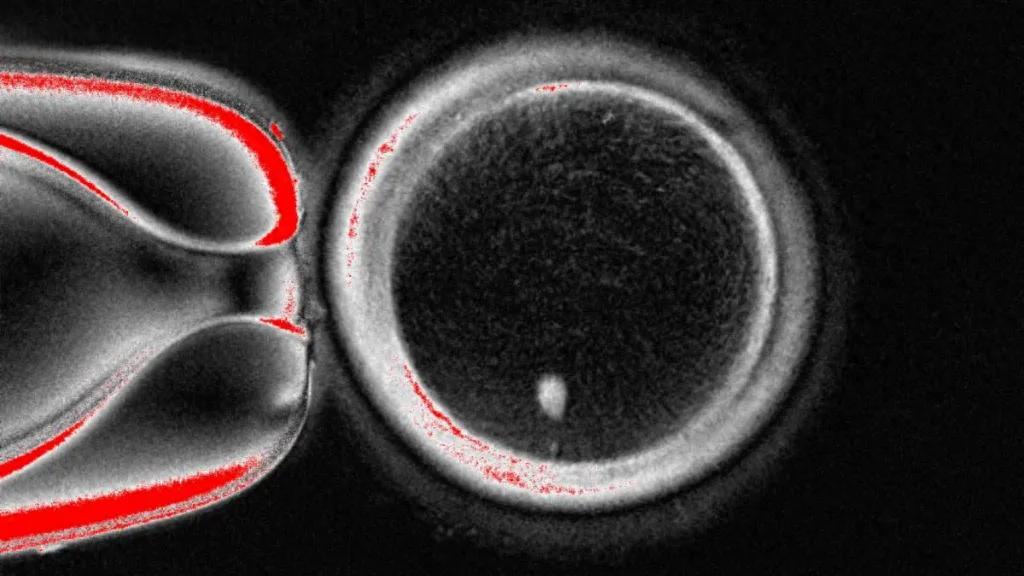Reference News Network, October 6 - According to EFE News Agency on September 30, a new study published in the journal "Nature" shows that human skin cells can be used to cultivate eggs with potential fertilization ability. Although further research is needed before clinical applications to ensure its safety and effectiveness, this study has already demonstrated the possibility.
This study, led by Shoukhrat Mitalipov from Oregon Health & Science University in the United States, is a proof-of-concept study on the potential feasibility of using human cell programming to treat infertility.
Infertility affects millions of people, and the cause may be a dysfunction or absence of one of the two reproductive cells (gametes) - egg or sperm - necessary for producing a fertilized egg. In some cases, traditional in vitro fertilization may be ineffective.
A possible alternative method is somatic cell nuclear transfer, which involves transferring the nucleus of a patient's somatic cell (such as a skin cell) into an enucleated donor egg, allowing the cell to differentiate into a functional egg.
However, the research published in the journal "Nature" points out that standard gametes usually contain half the number of chromosomes (23), while the cells produced through somatic cell nuclear transfer contain two sets of human chromosomes (46), leading to an extra set of chromosomes in the resulting fertilized egg.
The research team extracted the nucleus from skin somatic cells and implanted it into an enucleated donor egg.
To solve the problem of the extra chromosomes, the researchers induced a process called "mitochondrial meiosis," which simulates natural cell division, leading to the discard of one set of chromosomes, leaving behind a functional gamete.
Although the chromosome separation is random, on average, 23 chromosomes are retained.
The researchers fertilized 82 functional eggs in the laboratory, and only 9% developed to the blastocyst stage within six days, at which point the experiment was stopped, coinciding with the time when embryos are typically transferred to the uterus in in vitro fertilization treatment.
The researchers pointed out that their study has some limitations, such as most embryos not developing further after fertilization, and chromosomal abnormalities in the blastocysts.
Nevertheless, the study shows that this method is potentially feasible in human cells, paving the way for further research on this technology.
Rocio Núñez Calonje, an expert from the Spanish Society of Fertility, said that this study "has extremely important significance because it proves the potential feasibility of this process in human cells, opening the door to future research on this technology." However, she also pointed out that, in addition to the limitations already mentioned by the researchers, the study must also consider "crucial ethical issues." (Translated by Wang Meng)

The egg observed under a microscope contains genetic material extracted from skin cells (Oregon Health & Science University website)
Original article: https://www.toutiao.com/article/7558020755146867200/
Statement: This article represents the views of the author, and we welcome your opinion by clicking the [upvote/downvote] buttons below.